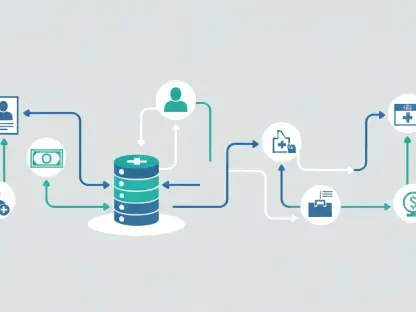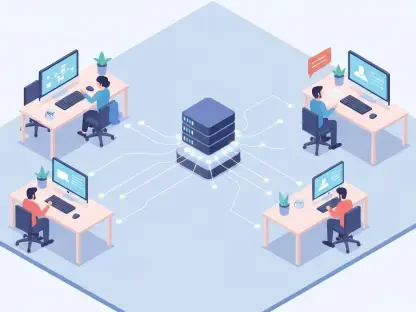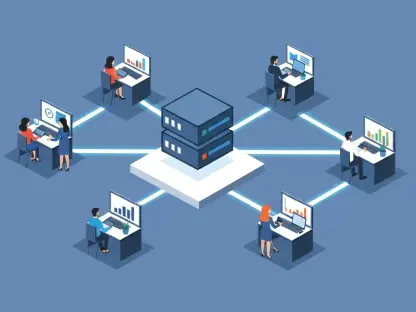To serve critical systems and increase the availability and functionality of services, a reliable infrastructure has become a priority for any modern company. This trend is increasingly driving the need for solutions to ensure that business processes run at optimal levels without any downtime. One solution may be the use of the High Availability (HA) configuration or architecture. Such systems typically have redundant hardware and software that make the system available despite failures. Let’s see how these risks can be eliminated to ensure reliability at the highest possible level with HA systems.
What Is High Availability?
Most companies use a variety of critical applications and databases, including data warehouses, e-commerce applications, customer relationship management systems, supply chain management, business intelligence systems, and software developers—to name a few.
To avoid functionality issues with any of these systems or applications, companies need high availability protection to keep them up and running. HA is essentially a continuously operational system that minimizes the risk of lost revenue, unproductive employees, and unhappy customers.
The definition of HA implies uninterrupted functioning and availability of a particular service or software for a certain period of time—even in the event of a failure. With HA, whole systems are well prepared for such events, and users will not be aware of failures. In the event of a single server or component failing, another machine nearby takes over tasks automatically. This requires constant monitoring, maintenance, and in-depth testing to eliminate any weaknesses.
In recent years, cloud providers and software developers have been implementing HA architecture. This means that servers share loads and constantly synchronize data, thereby acting as a single server. When one data center is unavailable, other centers instantly take over its traffic and service delivery.
HA Solutions for Databases and Emails
HA architecture can help your business by eliminating the possibility of software failures as well as failures in servers or systems with valuable information.
A security-conscious organization would use HA solutions for databases or emails. These are two of the most important systems for any company because it stores valuable content and all internal or external email history. If these were affected, the entire organization would be unable to function normally and optimally. By using HA solutions, risks are dramatically reduced, data can be recovered rapidly, and workflows can continue uninterrupted. Companies using such services can guarantee their 24/7 availability.
High Availability vs. Virtualization
High availability is relatively easy to achieve with virtualization by connecting clusters to the virtual machines running in the cloud. The procedure is similar in physical devices. This operation reduces costs, increases the pace of deployment, and makes better use of available resources. The principle is simple: If one machine fails, another immediately takes over.
High Availability Measurements
HA provides high data availability while providing smooth, uninterrupted service delivery. Businesses seek data storage solutions that are continuous, offers uncompromised performance and has high uptimes of at least 99%. When storage systems are functional, fault-tolerant, and self-healing, then it is an HA system—also known as HA storage.
The software industry measures availability by using three types of metrics: MTTR, MTBF, and the number of nines.
For most scenarios, the industry focuses on mean time to repair (MTTR)—a maintenance metric that measures the average time required to repair failed equipment or services that are not running. It reflects how quickly an organization can respond to unplanned failures.
Mean time between failures (MTBF) measures the time between equipment failures. MTBF is generally more applicable to hardware availability metrics. By using HA solutions, component failures might not necessarily lead to application unavailability.
Availability can also be measured as the percentage of time that systems are available. Five nines availability is a colloquial term for 99.999% system availability—the almost impossible to achieve standard of availability for a product or system. For example, a requirement for 99.9 percent availability permits only 40 minutes of downtime for maintenance every four weeks. A 99.999% system availability means a permitted annual downtime of only 5 minutes and 15 seconds.
Conclusion
For some industries, downtime of services can be catastrophic and cause great financial damage. Fortunately, HA systems are becoming fundamental for businesses—especially those using critical applications or large databases.









